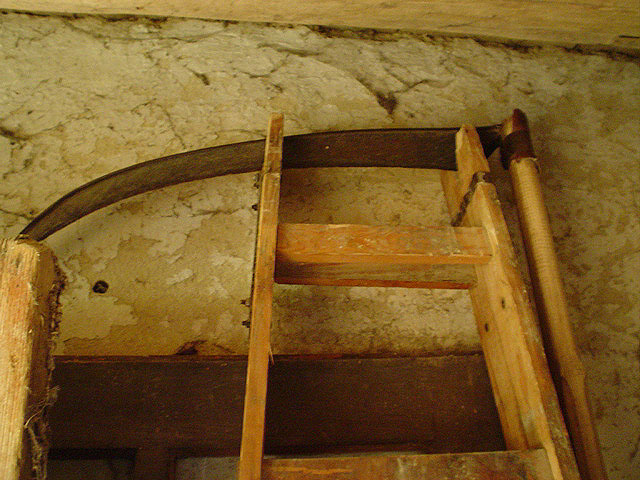The Art of Scything
 Scything may seem like an antiquated method of harvest and weed control, but improved tools and a growing desire in many to be more earth-friendly is reviving the old technique. Although I didn't know many Boston-area landscapers who use scythes, I began looking into scything two years ago as a way to improve on land management for a property I was responsible for. After working with local expert, George Esworthy “The Scythe Guy”, of Shelburne Falls, MA, I learned that size and strength barely matter. Like many situations, it was all about the right tool. In addition, a company in Conway, MA, One Scythe Revolution provides extensive information and products on their website.
Scything may seem like an antiquated method of harvest and weed control, but improved tools and a growing desire in many to be more earth-friendly is reviving the old technique. Although I didn't know many Boston-area landscapers who use scythes, I began looking into scything two years ago as a way to improve on land management for a property I was responsible for. After working with local expert, George Esworthy “The Scythe Guy”, of Shelburne Falls, MA, I learned that size and strength barely matter. Like many situations, it was all about the right tool. In addition, a company in Conway, MA, One Scythe Revolution provides extensive information and products on their website.
Why Scythe?
Scything your weeds or grain crops is quiet, non-polluting, effective, and good exercise. If you are a taller person, you can swing up to a 10-foot arc that quickly mows with only the sounds of swishing and birds in your ears. There is no expensive heavy gas or electrical machinery tearing up the earth, and no dependence on petro-chemicals to fuel your harvest. All of the action of scything comes from the waist and hips, so you can harvest and work on slimming down. Scything can also be used, for example, to cut hay for bedding or mulch.
What is a scythe?
A scythe is made up of three simple parts: a blade, of which here are two basic designs and several sizes, a handle or snath, and a tang. The snath has two handholds. Typically, you need to find the right size snath for your height, but One Scythe Revolution has a patented snath with ergonomic, adjustable handholds.
American style scythes have an “S” curved snath and a crescent shaped blade. An Austrian scythe is far superior with a straight snath and a blade that has three different cutting edges (crescent, rocker, and belly curves) in one. American scythes are heavier and harder to manage.
The tang is the metal collar that holds the blade onto the snath.
How do you work a scythe?
While you may want to take a workshop or learn from someone who uses scythes, you can manage to learn on your own with practice. Holding the scythe by the two handles, keep your knees unlocked and back loose. Staying relaxed in your movements will reduce muscle fatigue and soreness. The blade is held low to the ground and the scythe is swiped in an arc skimming above the ground. Essentially, you swipe, step forward, swipe, step forward, twisting at the waist and letting your arms be locked and loose. The American style scythe, which of course is what I currently own, is a little more unwieldy.
It is very important that you keep your scythe very sharp and clean. You will always want to have your whetstone with you. You can purchase a special holder that also contains water for your whetstone that attaches to a belt. Good tool care will allow you to not only extend the life of your scythe, but will help prevent spreading plant disease you may come in contact with. Keep the blade and handles oiled with mineral and vegetable oils respectively.
How much do scythes cost?
There are a wide variety of kits and sizes available, even from Amazon.com. You can expect to spend between $200 to $400 on a new scythe or kit. Whetstones, wooden hay rakes, and other tools for repair are extra. Replacing blades generally costs between $70 and $150.
Looking for a Pro? Call us (866) 441-6648

Electrical Average Costs
Electricians Experiences

Partial Siding Replacement To Get Rid Of Dry Rot

My Roof Repair -- No More Rain In The House Since We Got Our Roof Fixed



